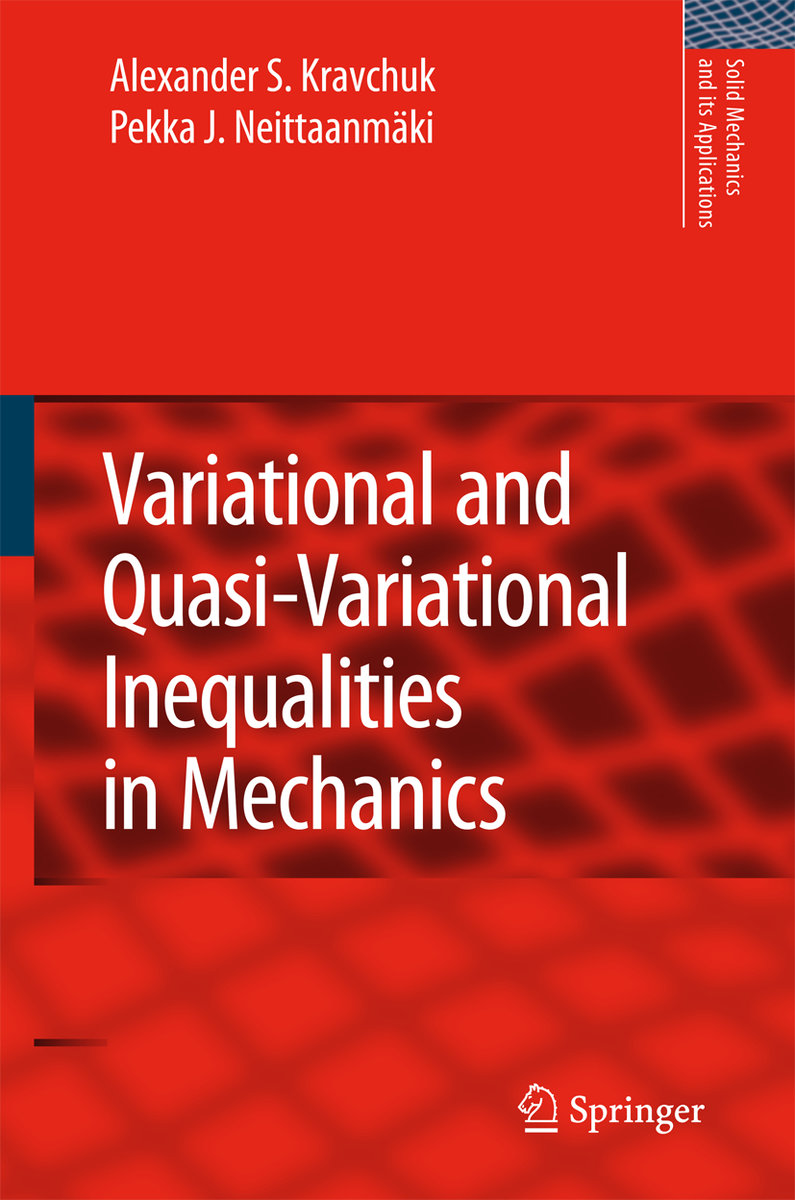The variational method is a powerful tool to investigate states and processes in technical devices, nature, living organisms, systems, and economics. The power of the variational method consists in the fact that many of its sta- ments are physical or natural laws themselves. The essence of the variational approach for the solution of problems rel- ing to the determination of the real state of systems or processes consists in thecomparisonofclosestates.Theselectioncriteriafortheactualstatesmust be such that all the equations and conditions of the mathematical model are satis?ed. Historically, the ?rst variational theory was the Lagrange theory created to investigate the equilibrium of ?nite-dimensional mechanical systems under holonomic bilateral constraints (bonds). The selection criterion proposed by Lagrange is the admissible displacement principle. In accordance with this principle, the work of the prescribed forces (supposed to be constant) on in?nitesimally small, kinematically admissible (virtual) displacements is zero. It is known that equating the virtual work performed for potential systems to zero is equivalent to the stationarity conditions for the total energy of the system. The transition from bilateral constraints to unilateral ones was performed by O. L. Fourier. Fourier demonstrated that the virtual work on small dist- bances of a stable equilibrium state of a mechanical system under unilateral constraints must be positive (or, at least, nonnegative). Therefore, for such a system the corresponding mathematical model is reduced to an inequality and the problem becomes nonlinear.



